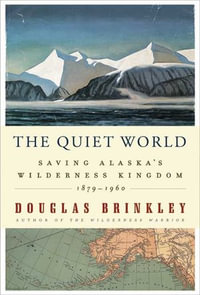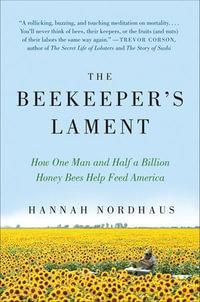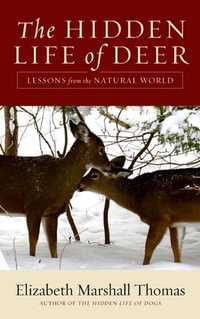
eTEXT
Tree Species Effects on Soils: Implications for Global Change
Proceedings of the NATO Advanced Research Workshop on Trees and Soil Interactions, Implications to Global Climate Change, August 2004, Krasnoyarsk, Russia
By: Dan Binkley, ?Oleg Menyailo
eText | 20 January 2006 | Edition Number 1
At a Glance
eText
$239.00
or
Instant online reading in your Booktopia eTextbook Library *
Read online on
Desktop
Tablet
Mobile
Not downloadable to your eReader or an app
Why choose an eTextbook?
Instant Access *
Purchase and read your book immediately
Read Aloud
Listen and follow along as Bookshelf reads to you
Study Tools
Built-in study tools like highlights and more
* eTextbooks are not downloadable to your eReader or an app and can be accessed via web browsers only. You must be connected to the internet and have no technical issues with your device or browser that could prevent the eTextbook from operating.
ISBN: 9781402034473
ISBN-10: 1402034474
Published: 20th January 2006
Format: PDF
Language: English
Publisher: Springer Nature
Edition Number: 1
You Can Find This eBook In
This product is categorised by
- Non-FictionEarth Sciences, Geography, Environment, PlanningThe EnvironmentConservation of The Environment
- Non-FictionNature & The Natural WorldTrees, Mushrooms, Wildflowers & Plants
- Non-FictionScienceBiology, Life SciencesLife Sciences in GeneralEcological Science
- Non-FictionEngineering & TechnologyEnvironmental Science
- Non-FictionEngineering & TechnologyAgriculture & FarmingForestry & Silviculture Practice & Techniques
- Non-FictionNature & The Natural WorldThe Earth & Natural History in General























